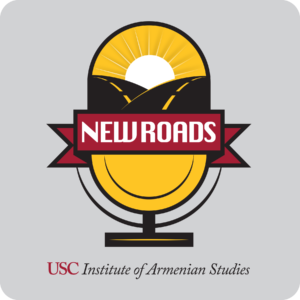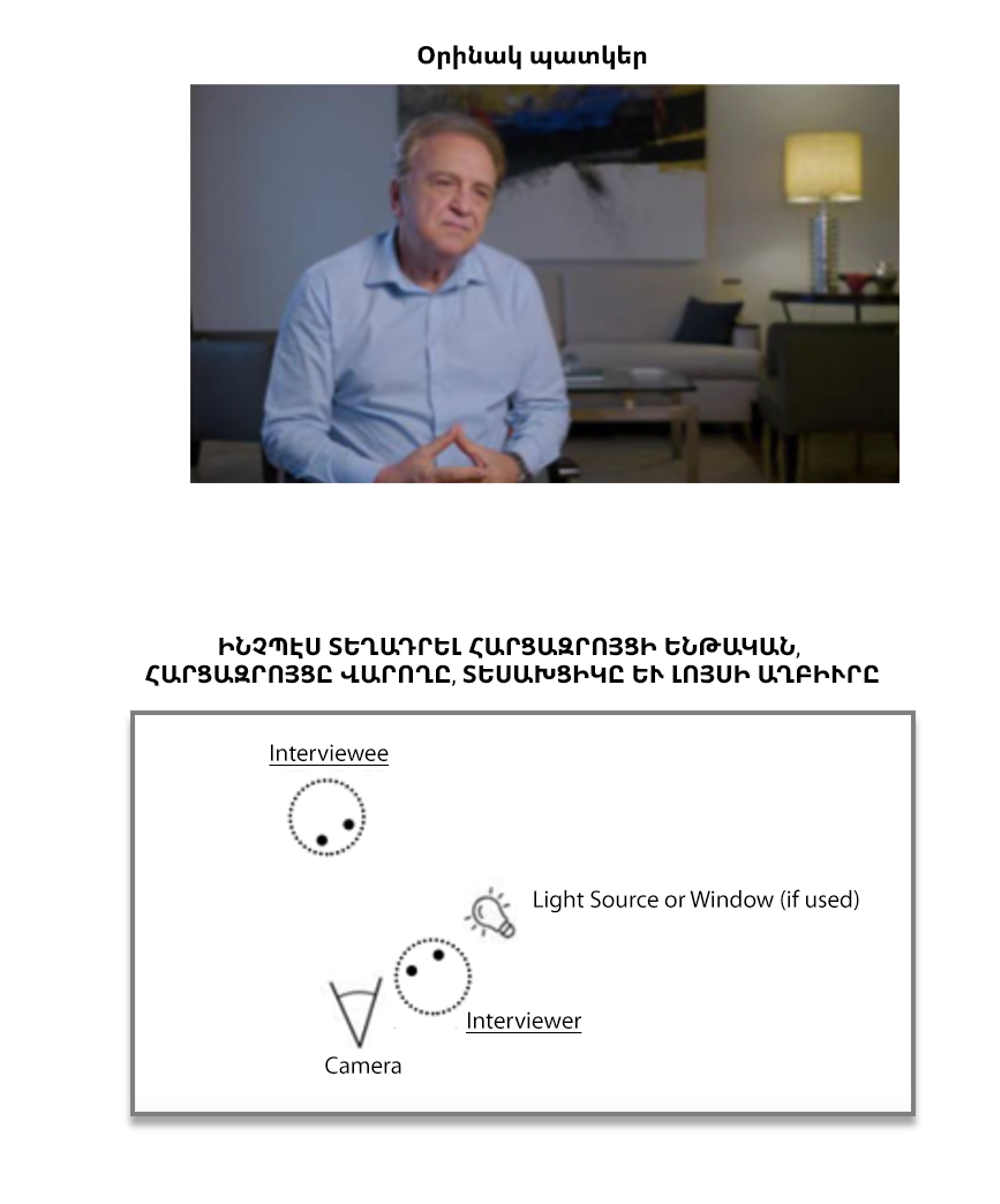by Laurence Broers*
A new round of Armenian-Azerbaijani violence has once again sent tremors through the fragile status quo constraining a major new war in the South Caucasus. While the escalation ended after a few days and the status quo held, new dynamics indicate that it cannot be taken for granted. In the face of totalizing trends radicalising all aspects of their relations, Baku and Yerevan should return to the negotiating table in pursuit of pragmatic agreements on issues where their red lines are not involved.
The escalation that began on 12 July claimed the lives of 18 people, including one civilian, making it the most serious since the ‘four-day war’ of April 2016. Although dying away after 5 days, the escalation featured new trends, or the strengthening of pre-existing ones, destabilising the fragile status quo holding the Armenian-Azerbaijani peace.
Most obviously the violence occurred on the de jure international Armenia-Azerbaijan border, some 200 kilometres away from the heart of contested territory in Nagorny Karabakh itself. Secondly, although not new, Turkey’s support of Azerbaijan was more explicit, intensive and bullish than in April 2016, with a number of meetings between defence officials of the two states taking place in the immediate aftermath. And beyond the South Caucasus, diasporic and migrant communities of Armenians and Azerbaijanis across the world mobilized, and in many cases engaged in scuffles, brawls and the vandalism of property.
In short, July’s clashes furnished evidence of the totalization of conflict, whereby any issue or space, including those far from Nagorny Karabakh itself, can become arenas for new Armenian-Azerbaijani violence.
Diplomatic impasse
July’s violence drew a line under a year-and-a-half period associated with the rhetoric of ‘preparing populations for peace’. That phrase came out of a January 2019 meeting between foreign ministers Elmar Mammadyarov (now retired) and Zohrab Mnatsakanyan. Moreover, until July an exceptional calm reigned along the frontlines, potentially enabling a public debate reaching beyond security.
Yet despite a range of proposals put forward by civil society, ‘preparing populations for peace’ remained an empty container devoid of substance. After a single exchange visit by journalists across the divide in November 2019, Armenia and Azerbaijan invested instead into a new season of symbolic offensives.
Armenian and Azerbaijani positions on the core political issues at stake – the status of Nagorny Karabakh, displacement, access and security – have been widely divergent for years. After July’s clashes, meaningful dialogue on the Basic Principles, or on fashioning a viable alternative, appears further away than ever.
Renewed Armenian-Azerbaijani crisis coincides, moreover, with a wider crisis in multilateral diplomacy. Just as the shooting had died down, on 18 July the Organization for Security and Co-operation in Europe (OSCE) entered a crisis after member-states failed to agree on extending the mandates of several key leadership posts – including the Secretary General.
While this may not directly affect the Minsk Group, the body mandated to mediate between Armenia and Azerbaijan, it is symptomatic of the decline of the liberal peace and of multilateral diplomacy. Multilateralism’s loss is the gain of entrepreneurs of more authoritarian models of conflict management visible, for example, in Libya and the Middle East today.
Even if they have often expressed frustration with the Minsk Group, the fact remains that Yerevan and Baku have more influence over its consensual decision-making processes than they might over authoritarian models of conflict management practiced in proximate theatres by neighbouring powers. Totalizing the conflict risks a loss of control over its dynamics. What, then, can be done?
Breaking down the rivalry
It is critical to counter the totalization of the conflict by breaking down the Armenian-Azerbaijani rivalry into more manageable pieces, with some being less contested than others. Both Armenia and Azerbaijan could benefit by introducing measures to regulate those parts of their interactions that do not involve their red lines.
July’s clashes were essentially the result of unregulated interactions in a side-theatre unrelated to Nagorny Karabakh, where neither side had strategic gains to make, nor vital interests to protect through military action. On the contrary, the concentration of civilian populations on either side of the border, in addition to transport and energy infrastructure clustered nearby, attach prohibitive risks for both parties to major escalations in this area. Both would gain through implementing localised measures to counter misperceptions and facilitate communication.
A timely report by the International Crisis Group has highlighted several such areas, precisely in the region where July’s escalation took place: cooperation on enabling agriculture, restoring water infrastructure and clearing landmines. Practical initiatives in this area, moreover, have a precedent in pioneering work by the organisation Saferworld in 2010-12 to support a civilian ceasefire monitoring mechanism.
Azerbaijan may be reluctant to introduce ceasefire monitoring infrastructure along the Line of Contact around Nagorny Karabakh, which Baku sees as embedding an unacceptable status quo. But in the area of the undisputed (if still not demarcated) international border, ceasefire support infrastructure could regulate risk and make relations more predictable in a side-theatre where stability would bring benefits to both sides.
Reinstating informal dialogue
Beyond a pragmatic approach to localised and mutually beneficial problem-solving, international best practice in peacebuilding acknowledges the need for dialogue on wider social and identity issues. These issues are not generally discussed within the framework of OSCE mediation, yet as the burgeoning Armenian-Azerbaijani memory wars and the rippling of violent polarisation across Armenian and Azerbaijani communities worldwide in July shows, they play at least as significant a role in the impasse as disagreement on core conflict drivers. Discourses of nationalism, attitudes towards justice, the past and memory politics, the impacts of militarisation and dehumanisation, and the impacts of political patriarchy are all relevant for the transformation of conflict.
Picking up the pieces in the aftermath of violence is always difficult. In the current stage of Armenian-Azerbaijani relations it is especially challenging, as research in 2019 found that informal dialogue between the parties was at its lowest level since the conflict began in 1988. Under these conditions, public reactions to frontline events, as demonstrations in Baku following the violence in July showed, are all the more difficult to control and channel in the direction of peaceful change.
It is consequently crucial to reinstate informal Armenian-Azerbaijani dialogue, as a normal and unremarkable feature of relations between all of the parties to the conflict. Securitised societies locked within echo-chambers become arenas in which leaders can fall victim to discursive entrapment. As they confront a new impasse of their own making, leaders across the divide should look to civil society actors as ‘critical friends’ and partners, not threats, in the quest to transform their relations.
*Broers is author of “Armenia and Azerbaijan. Anatomy of a Rivalry,” published by Edinburgh University Press last year. This article was first published in the online journal IPG: Mezhdunarodnaya Politika i Obshchestvo on 31 August 2020 (https://www.ipg-journal.io/rubriki/vneshnjaja-politika-i-bezopasnost/statja/show/vo-izbezhanie-totalnogo-konflikta-1133/).









